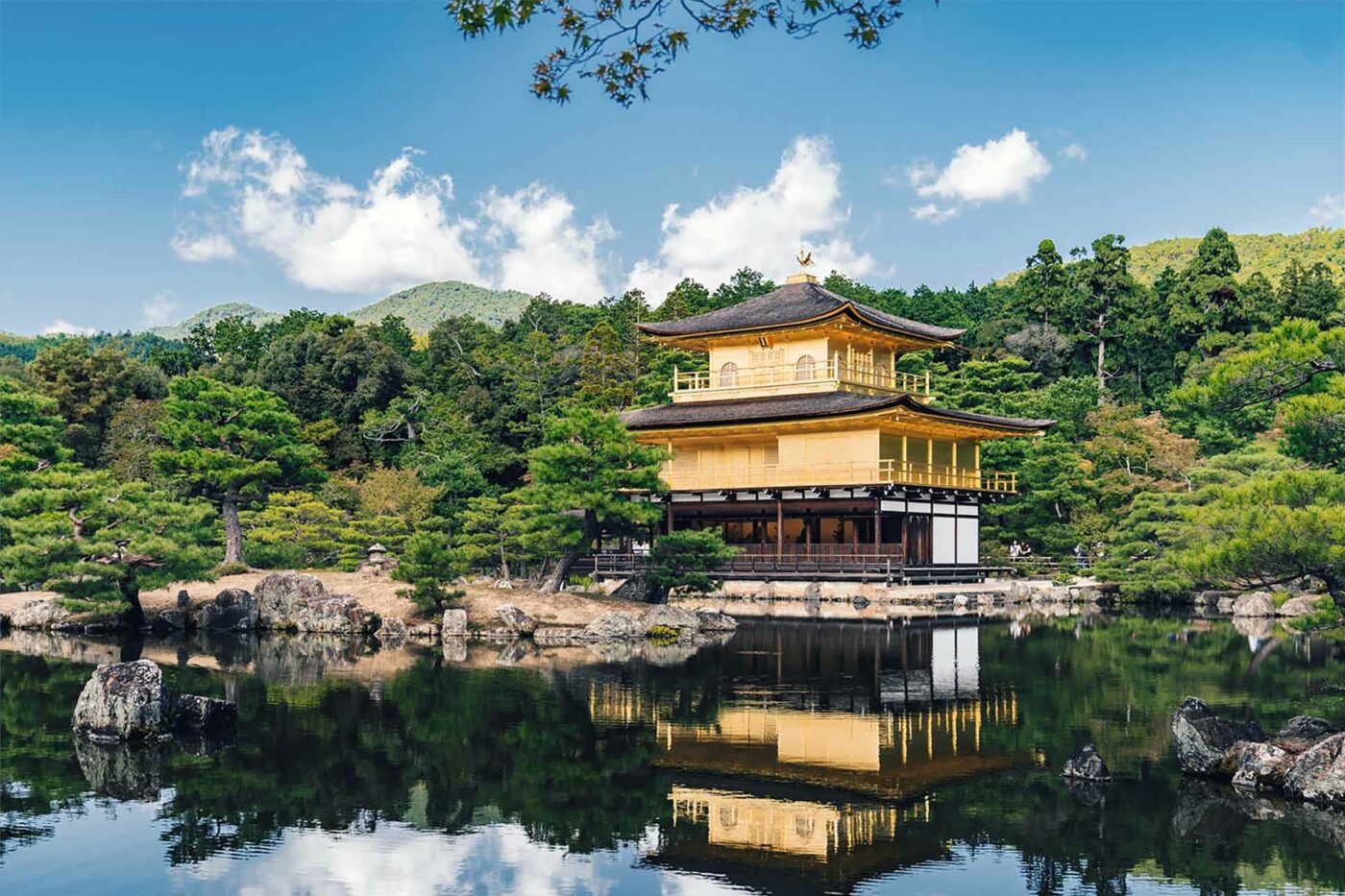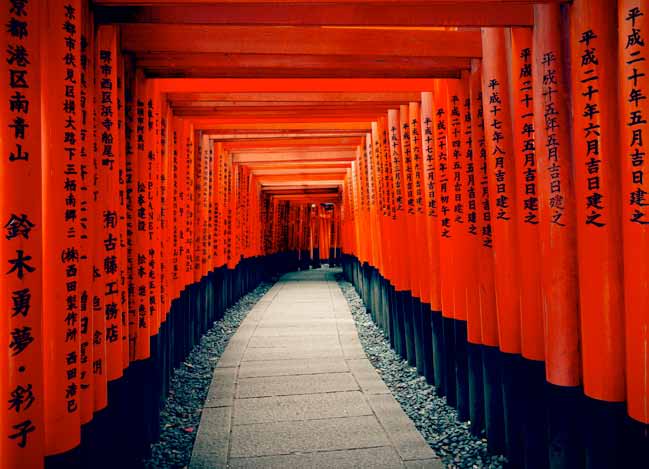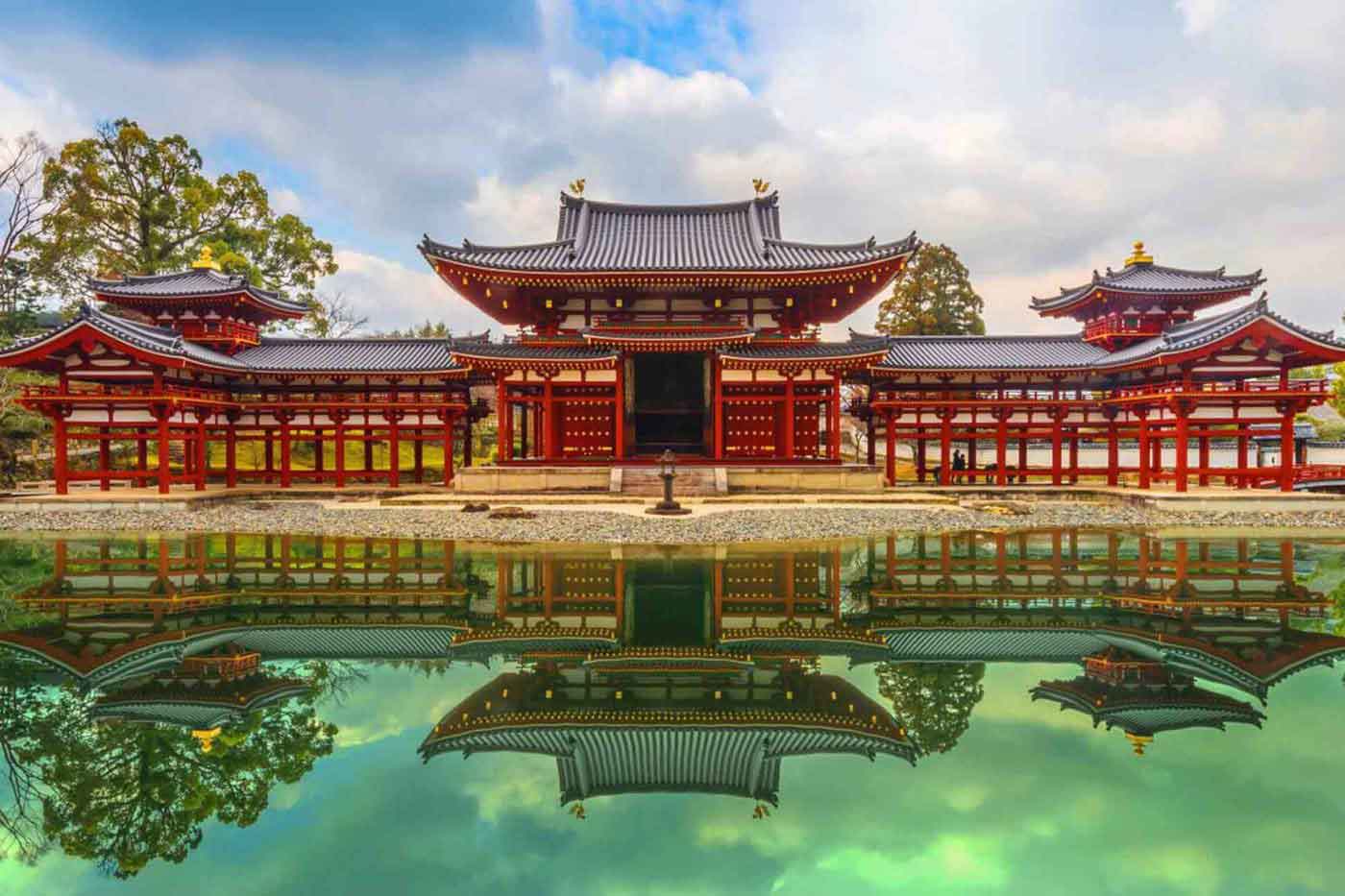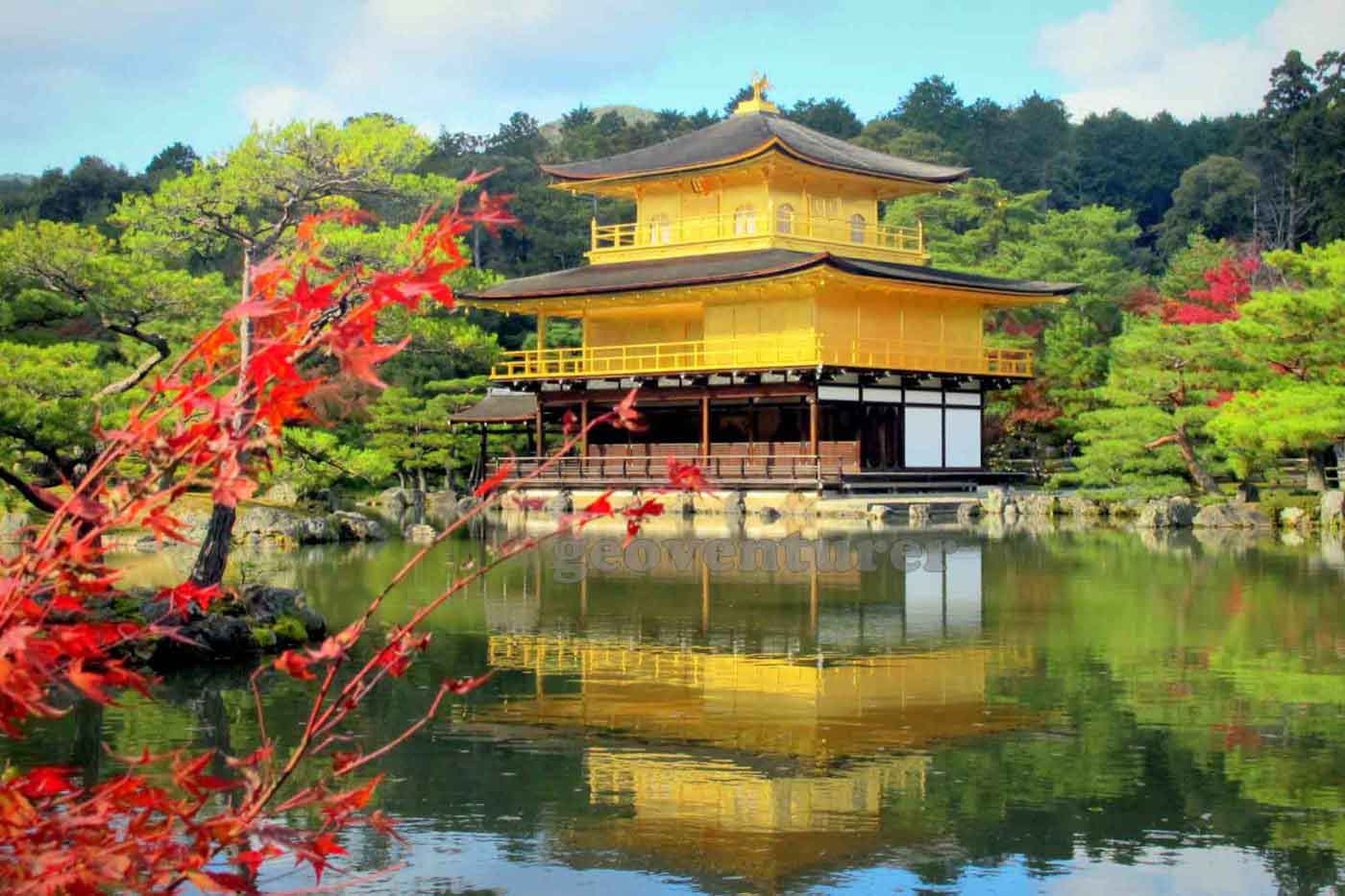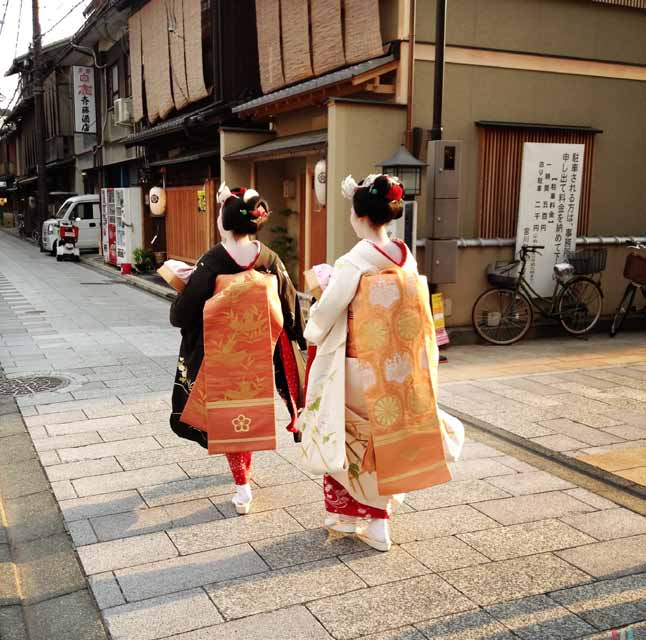In challenging locals on the subject – yes, by being a gaijin (foreigner) I can shake the beehive a little – it seems the rules have not been posted to be bloody-minded, but more because Japanese people who may be upset at tourists’ misconduct wouldn’t actually say so. It’s against cultural norms, particularly in Kyoto, to be confrontational. Which would go some way to explain why a Japanese-American friend of mine, when staying at a Kyoto ryokan, had the lights turned off on him in the middle of a conference call, without a word of explanation. 10.30pm was lights-out, and that meant 10.30pm – passive-aggressive, at its funniest. This passive-aggression has in the past been powerful in disabling governments, so the tourist board’s exercise is more about keeping locals happy than educating visitors.
The same friend divulged that on another trip, an old lady randomly leant over from the next table in a café and interrupted his phone conversation to tell him that he had a voice like the Emperor Akihito himself. Resisting to accept the compliment and thank the lady, which would be the American way, he instead replied with the modest and socially correct retort, “Oh, I have a lot to learn before I can be as great a man as the Emperor,” in the local dialect. He then immediately brought his phone call to an end, understanding that what the lady really meant was for him to be quieter when talking on his mobile phone.
“There is nothing in Shinto Buddhism that prohibits same-gender couples from being joined in union.”
Ryo, the person who shared these humourous culture-clash anecdotes is second-generation American. His parents had escaped Kyoto for Seattle because they just couldn’t conform. Despite reaching the land of the free, they still instilled some strong Kyoto values in their children and Ryo remembers his childhood as far more ordered than that of his American friends. After over 30 years in Seattle, Ryo’s parents returned to Kyoto for a much more tranquil, rule-abiding existence as retirees. Everyone I have met who comes from the city or those, who like Ryo’s parents, have chosen to come here to live, does so for a calmer and quieter existence. People tell stories of how they have lived in Tokyo, or abroad, and decided that Kyoto was a better city for them. Ryo’s father summed it up nicely, “we thought the streets were paved with gold elsewhere but forgot that Kyoto has been home to the Golden Pavilion for six hundred years.”
Kyoto is where introspection and anonymity can be perfectly lived out. Kyoto-ites tend to leave others alone and do not involve themselves in the matters of their neighbours. Perhaps this offers a reason as to why same-gender Japanese weddings and blessings can happen at one of Kyoto’s most sacred temples. When the rest of Japan (even Tokyo) is slow to react, monk Zenryu Kawakami, the deputy chief priest at the historic 400-year-old Shunkoin temple has been doing so for over five years. When I asked why he was open to ‘breaking the rules’ his response was simple – that he didn’t feel he was. There is nothing in Buddhism that prohibits same-gender couples from being joined in union, and considering the grounding philosophy is that every living creature has potential to attain Buddhahood, translated to every person having the right to pursue happiness, Zenryu decided to embrace the diversity of humankind in his own path towards enlightenment. The ceremonies for gay people at Shunkoin are identical to those of heterosexual couples. Couples exchange cups of sake and wedding rings in the ritual. The monk then tells the couple that everything in the world is transient, including life. In order to achieve a lasting commitment to each other, each partner must accept changes in the order they come. In other words, we must break our own rules.
At time of writing, there has yet to be a gay couple from Kyoto married at Shunkoin. Perhaps old habits do die hard – and being unable to conform, but unwilling to rebel, is a tough quandary. There is an old Japanese saying – “Deru kui wa utareru,” meaning, ‘the nail that sticks out is hammered down’. I hope that what’s happening at Shunkoin will do something to open the discussion on gay rights for the gay people of Kyoto and break some old expectations. Somehow, I believe that even if the nail comes completely loose, the temple won’t fall down.
Shunkoin temple partners with the Granvia Kyoto Hotel to offer gay wedding packages for those who want the experience of a traditional Japanese wedding.
Photography courtesy of the Japan National Tourist Board and by Uwern Jong
Get out there
Do…
… remember there is no tipping culture in Kyoto. In fact, it is frowned upon as it means you’re not treating your server as an equal. A respectful ‘Okini,’ (Kyoto dialect for thank you) will be much appreciated.
… take your shoes off whenever going indoors in Kyoto. It’s not compulsory in all places, but it’s respectful to do so unless told otherwise. On that note, make sure you rock up with a fabulous pair of socks.
… be careful: Japanese taxis have automatic doors that open and close on their own, so watch that they don’t hit you when getting in and don’t slam them when leaving.
Don’t…
… miss out on the city’s restaurants, including many small, family-run establishments. If you make a booking at these, don’t cancel, as they will never pass your table on, in respect to you.
… expect that all maiko and geisha will want to pose with you in a picture. Imagine if a thousand people a day stopped you for pictures on your way to work.
… forget to always pass through the ‘torii’ gate when visiting a shrine. ‘Purify’ your hands and face at the water pavilion. To say a prayer, clap twice, bow, pray, then bow again to complete the process.


